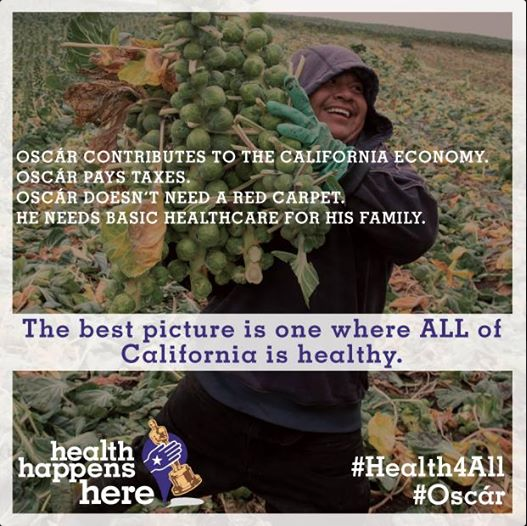Why the need for consumer participation in the policy process? Citizen involvement has been an important part of government from the inception of the United States. Culturally speaking, “respecting citizens’ rights and limiting government” are important parts of policy making and the government as a whole (Zheng & Liao, 2014, p. 114). According to the Pew Research Center, 72% of Americans are politically active (Pew Research Center, 2013). But what about the other 28% of Americans?
Citizen Participation
Lack of citizen involvement in the policy making process is a result of the “disconnect between the policy process and people’s daily lives” (Kraft & Furlong, 2015, p. 486). This disconnect stems from two possible factors: inability to see evidence of political or governmental influence and an unbelief in an individual’s ability to be influential. With the former, individuals don’t truly see evidence of how the government affects their daily lives. Citizens may see high-powered politicians on CSPAN and view these individuals as being almost foreign – part of another world, one that they aren’t familiar with. With the latter, individuals don’t believe that they have much, if any, influence when it comes to government and politics. For example, a citizen may choose not to vote in the presidential election because they feel that their one vote will have no effect on the outcome of the election.
Bridging the Gap
In order to increase citizen or consumer participation, this disconnect must be identified, and solutions created that deal directly with these two issues. Strategies utilized to improve consumer participation must help citizens see that politics directly influences their lives and that they have significance and influence to help make necessary changes. And even more important, the methods used must be relevant to the times.
Media and the Undocumented
Currently, social media is one of the greatest tools utilized to empower, educate, and influence individuals to be active in the political arena. This is evident in the California Endowment’s #Health4All campaign that addresses lack of access to affordable health care for the undocumented population (California Endowment, 2015a). The foundation is currently utilizing Twitter, Facebook, and YouTube to educate the public on the consequences of lack of healthcare coverage for the undocumented and a call for action. Further still, the foundation has created partnerships throughout the state of California with other media outlets such as Univision, Telemundo, California Black Media, Valley PBS, and New America Media in order to expand their reach (California Endowment, 2015b).
Most recently, Fresno County in California is facing the possibility of losing health care (via the safety nets talked about in week 3) for the undocumented. As a result, the California’s Endowment partner Communities for a New California took to the “switchboard” and utilized phone calls to increase awareness and gather support.
The strategies utilized by the California Endowment are great examples of ways in which increased citizen participation can be garnered. Perhaps additionally, finding a way to explain how the health of the undocumented affects the health of other individuals in the community will show how this issue and the government’s current policies may influence their own quality of life.
References
California Endowment. (2015a). #Health4All. Retrieved from: http://www.calendow.org/prevention/health4all/
California Endowment. (2015b). Get covered. Retrieved from: http://www.calendow.org/prevention/get-covered/
Kraft, M., & Furlong, S. (2015). Public policy: Politics, analysis, and alternatives (5th ed.). Thousand Oaks, CA: CQ Press.
Pew Research Center. (2013, May 2). Seven in ten Americans politically active, online and off. Retrieved from: http://www.pewresearch.org/daily-number/seven-in-10-americans-politically-active-online-and-off/
Zheng, Y., & Liao, Z. (2014). Improving citizen participation via e-government: The why and how. In A. Manoharan (Ed.), E-government and websites: A public solutions handbook (pp. 112-134). New York, NY: Routledge.








